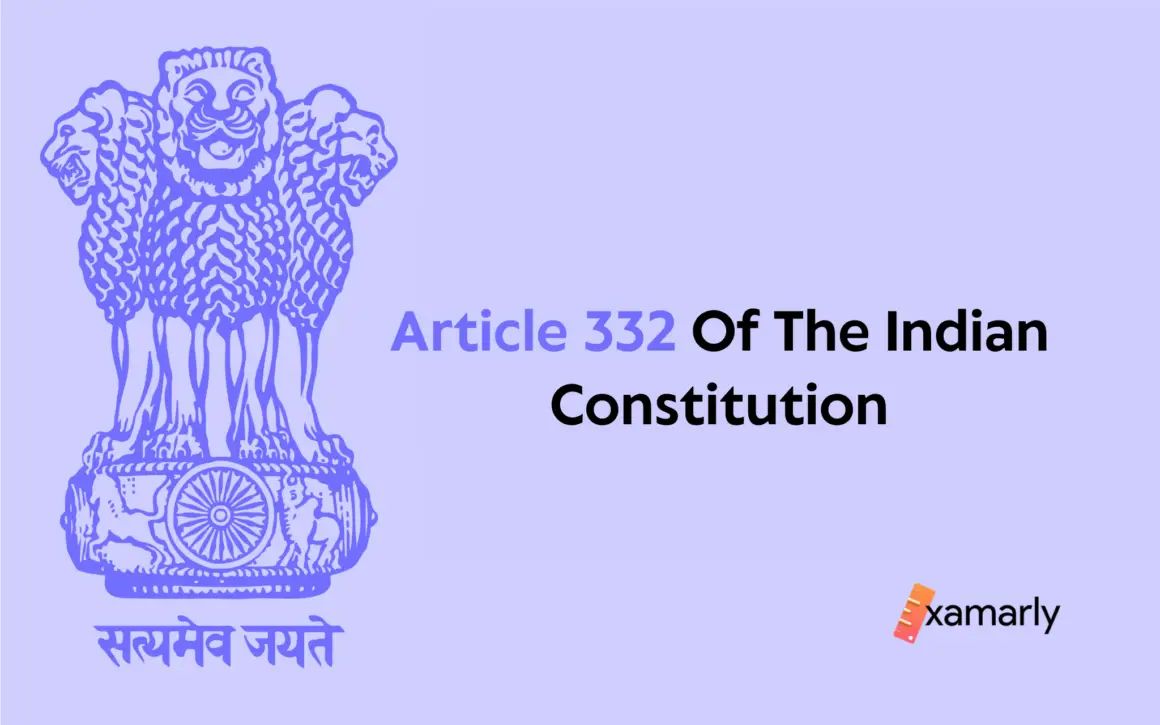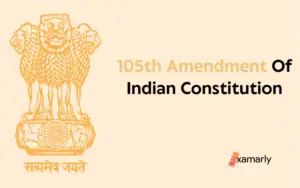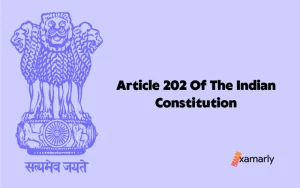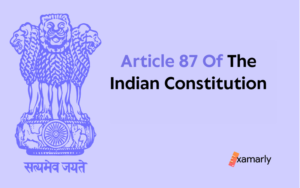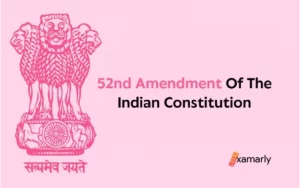Under Article 332 of the Indian Constitution, the Scheduled Caste (SC) and Scheduled Tribe (ST) communities are given reserved seats in the state legislatures.
This article is similar to Article 330 of the Indian Constitution, which provides for the reservation of seats for Scheduled Castes and Scheduled Tribes in the Indian House of the People (The Lok Sabha of India).
Let us dive deep to have a thorough understanding of Article 332 of the Indian Constitution, it’s clauses & the objective of reservation.
- Article 332 Of The Indian Constitution – Elaborated
- Article 332 Of The Indian Constitution – Objectives
- Summary
- FAQs Related To Article 332 Of The Indian Constitution
- What does Article 332 of the Indian Constitution say?
- How are seats reserved for Scheduled Castes and Scheduled Tribes in Legislative Assemblies determined?
- Is the representation of Scheduled Castes and Scheduled Tribes in Legislative Assemblies reviewed after every census?
- Does Article 332 only provide for reservation of seats in state Legislative Assemblies or in Union government's lower house as well?
Article 332 Of The Indian Constitution – Elaborated
Article 332 lays down the regulations for the reservation of seats for the SC & ST communities in the State Legislative Assemblies of India.
The clauses of the article are mentioned as follows:
1. Except for the STs in the self-governed districts of Assam, seats in the Legislative Assembly of every State will be reserved for members of the SC and the ST.
2. Even for Assam’s self-governing districts, seats in the State Legislative Assembly must be reserved.
3. The number of seats in the Legislative Assembly of any State reserved for Scheduled Castes or Scheduled Tribes under clause (1) shall bear the same proportion to the total number of seats in the Assembly as the population of the Scheduled Castes in the State or of the Scheduled Tribes in the State, in respect to the total population of the State.
- (3A) Notwithstanding anything contained in clause (3), until the taking effect, under Article 170 of the Indian Constitution that deals with the re-adjustment of the number of seats in the legislative assemblies of the Indian states of Arunachal Pradesh, Meghalaya, Mizoram, and Nagaland, based on the first census after 2026, a certain number of these seats will be reserved for members of Scheduled Tribes—
(a) If members of the Scheduled Tribes hold all but one of the seats in the Legislative Assembly of such State that was in place on the date the Constitution (Fifty-seventh Amendment) Act, 1987;
(b) In all other cases, the number of reserved seats must be greater than or equal to the proportion of members of Scheduled Tribes to the Total Number of Seats in the Existing Assembly.
- (3B) Notwithstanding anything contained in clause (3), until the re-adjustment under Article 170 of the Indian Constitution, takes effect on the basis of the first census after the year 2026, of the number of seats in the Legislative Assembly of the State of Tripura, the number of seats reserved for Scheduled Tribes in the Legislative Assembly shall equal to or greater than the proportion of the number of STs to the total number of seats in that Assembly.
4. The proportion of seats allocated to autonomous districts in the Assam Legislative Assembly’s overall number of seats must be at least as the ratio of the district’s population to the state’s overall population.
5. There may be no territory outside of Assam’s autonomous district included in the constituencies for those seats.
6. No ST candidate outside of any autonomous district of the State of Assam will be eligible for getting elected to the Legislative Assembly of the State from any seat of that district.
With the provision that the representation of Scheduled Tribes and Non-Scheduled Tribes in the constituencies included in the Bodoland Territorial Areas District, shall be maintained for elections to the Legislative Assembly of the State of Assam.
The seats are reserved in proportion to the population of the SCs and STs in the State.
It’s important to note that the limit for reservation and its specific implementation may change over time and in different states.
The government of the concerned state can make changes to the reserved seats or percentage of reserved seats based on the population of the Scheduled castes and tribes in the state .
Article 332 Of The Indian Constitution – Objectives
- To ensure adequate representation of Scheduled Castes and Scheduled tribes in the State Legislative Assemblies.
- To give voice to the historically disadvantaged groups in government decision-making at the state level.
- To provide the community of Scheduled Castes & Scheduled Tribes with opportunities to improve their social and economic conditions.
Summary
The Scheduled Castes and Scheduled Tribes are given seats reserved in the state legislatures under Article 332 of the Indian Constitution.
It specifies that the number of seats set aside for certain groups must be proportional to the number of members of those groups living in the state, and that the seat reservations will be evaluated following each census.
You Might Also Like To Read: Article 333 Of The Indian Constitution.
FAQs Related To Article 332 Of The Indian Constitution
What does Article 332 of the Indian Constitution say?
The Scheduled Castes and Scheduled Tribes are given seats reserved in the state legislatures under Article 332 of the Indian Constitution.
It states that the number of seats reserved for these groups shall be in proportion to the population of these groups in the state, and that the reservation of seats will be reviewed after every census.
How are seats reserved for Scheduled Castes and Scheduled Tribes in Legislative Assemblies determined?
The number of seats reserved for Scheduled Castes and Scheduled Tribes in Legislative Assemblies is determined in proportion to the population of these groups in the state.
Is the representation of Scheduled Castes and Scheduled Tribes in Legislative Assemblies reviewed after every census?
Yes, the representation of Scheduled Castes and Scheduled Tribes in Legislative Assemblies is reviewed after every census as per the provision of Article 332.
Does Article 332 only provide for reservation of seats in state Legislative Assemblies or in Union government’s lower house as well?
Article 332 only provides for reservation of seats in state Legislative Assemblies.
The Union government’s lower house representation for these castes and tribes is discussed in Article 330 of the Indian Constitution.


